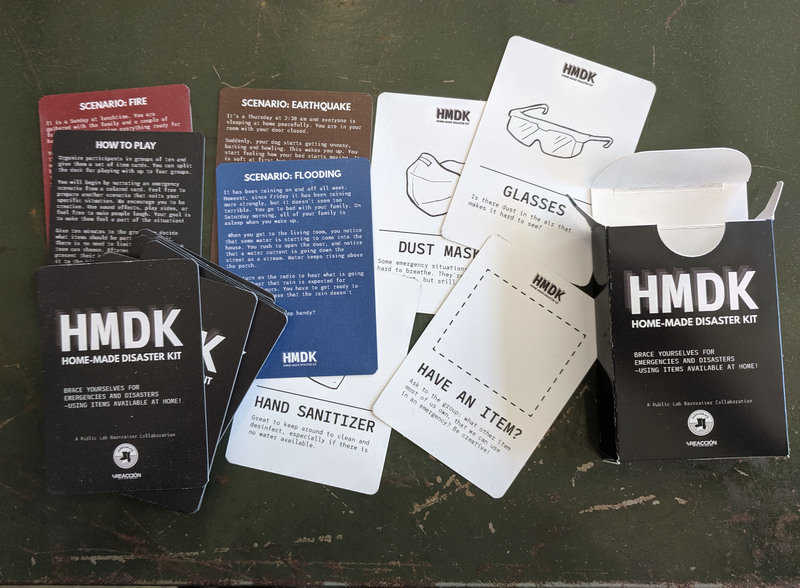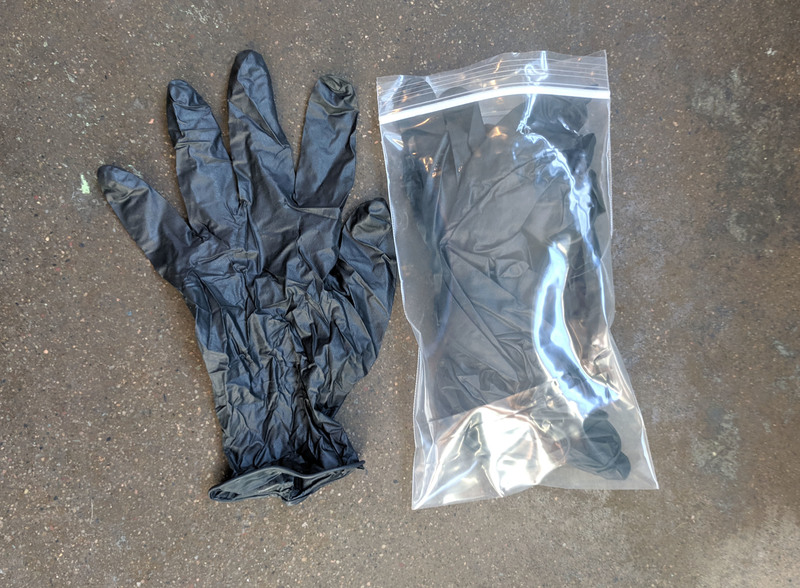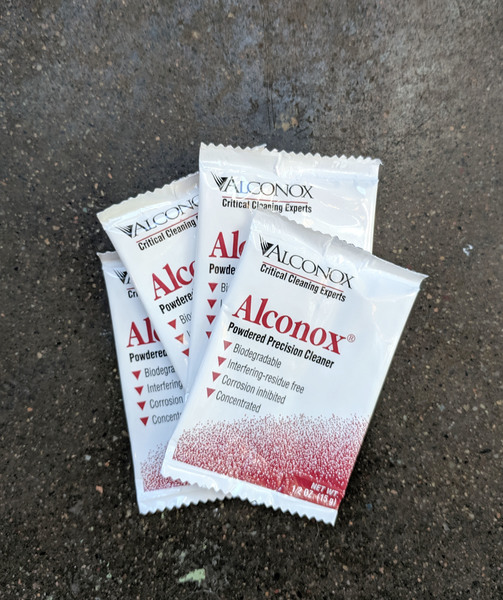In the past two years we've had two Barnraisings devoted to the topic of disaster response. In July of 2018 we gathered Newark, New Jersey along with Crisis Convening, (read more about that event here) and in February of 2019 we gathered in Galveston, Texas to continue that conversation and build on the ideas and relationships we've been forming in our networks (more about the Galveston Barnraising here)
One way to frame our thinking about environmental emergencies was to think about what an emergency response kit might include. As a group, we discussed ways that environmental emergencies have affected our communities, what environmental issues are important to monitor in the hours, days and weeks after an event, and how we can better prepare our network for mutual support as we think about coordinated responses to future events.
While our focus tends to be on environmental data collection, it's also important that any person in an emergent event also prioritize their health and safety, especially in situations where the impact of the environmental emergency can have a lasting effect on someone's health-- the kit we've assembled is a starting point for further conversations about, and responses to, disasters we may face together in the future.
A few things we felt were important to include:
The header image shows a waterproof case with a handle-- easy to keep things dry, easy to store, and easy to transport.
Planning Ahead
This card game, the Home-Made Disaster Kit (a collaboration with @dbsnp & [Reaccion])3 is designed to help guide us through conversations about the kinds of disasters we might face, and the resources we may want to utilize in our responses.

We also talked about the importance of off-line information-- addresses, phone numbers, maps, outlines of plans-- anything you might need to know if your regular communications are interrupted. That said, anything that can supply power or light in a situation where electricity might be limited is helpful!


We also talked about safety gear-- how can we investigate an environmental issue without exposing ourselves to additional risk (keeping in mind that the gear pictured here is just a starting point-- different contaminants will require different kinds of precautions).


Powdered cleanser for cleaning sample bottles, tools, etc (not for drinking water)

Collecting data! Depending on location and and the kinds of issues we expect we may encounter, we can think ahead to the kinds of testing and recording methods we want to keep on hand. Cameras, DIY tools like the Coqui, the Simple Air Sensor, the Community Microscope or others. These can be helpful in establishing baseline knowledge BEFORE something happens, so that the extent of damage can be assessed after an event. At the Galveston Barnraising, we used Coquis, Community Microscopes, Balloon Mapping Kits, Simple Air Sensors (all from Public Lab), the Hanby Oil & Gas testing kit, and CSCR's Soil Sampling kit to get some hands-on experience.
This project is sponsored by the National Geographic Society.

1 Comments
Love this!
Reply to this comment...
Log in to comment
Login to comment.